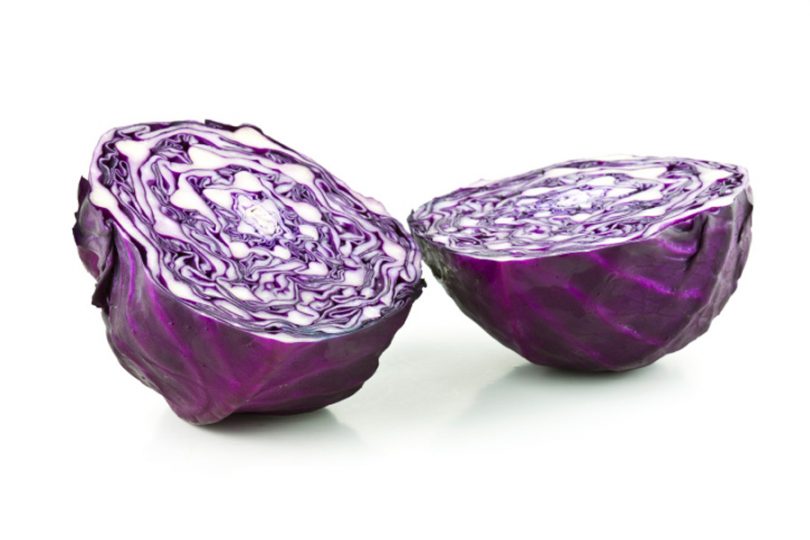Written by Tami Hulcher, C.N.C., C.H.E.
—-
It was June 22, 1984. I was happily married and pregnant with my first child. A late night call from my mother shocked me awake.
“Daddy had a heart attack,” she said softly.
My beloved Daddy, only 57 years old. I asked,“How is he, where is he?”
Silence.
“Daddy’s dead, honey,” she said.
Twenty-seven years later it still hurts to write
the words.
As a nutritionist and health educator, it is my passion to educate, enlighten and inspire others to eat healthy and prevent disease. In honor of American Heart Month, I dedicate this article in my father’s memory.
Many of the purple, red and blue hues you see in fruits and vegetables come from phytonutrients called anthocyanins.
Phytonutrients (plant nutrients) from fruits, vegetables, berries, seeds, legumes and whole grains have been shown to reduce risks of heart disease, cancer, diabetes and other chronic diseases.
Anthocyanins are antioxidants that protect against cell damage from free radicals. Having been studied for their efficacy in fighting cancer, heart disease and age-related conditions of the brain, they’ve also been shown to have anti-inflammatory properties. Besides chlorophyll (the green pigment in plants), anthocyanins are probably the most important group of visible plant pigments—those ruby reds, passionate purples and berry blues.
The amazing health benefits of anthocyanins (and thousands of other healing phytonutrients) can be found in plums, pomegranates, beets, eggplant, elderberries, blackberries, bilberries, cherries, black currants, purple grapes, purple onions, purple/red cabbage, purple rice, purple potatoes and yes… purple corn, to name a few.
FOOD FOR THOUGHT
The anthocyanin pigments of bilberries have long been used for improving visual acuity and treating circulatory disorders. Most berries have heart-health benefits as certain phytonutrients relax blood vessels and protect endothelial cells that line blood vessels.
Eggplant contains a derivative of anthocyanin, which has been found to protect the lipids (fats) in brain cell membrane. Eggplant also contains one of the most potent free radical scavengers found in plant tissues. Other benefits may include anti-cancer, antimicrobial, anti-LDL (bad cholesterol) and antiviral qualities.
Cherries are particularly rich in anthocyanins and have been linked to reduced inflammation associated with heart disease, arthritis and even muscle recovery post-exercise.
Red or purple cabbage contains 36 different varieties of anthocyanins that may protect against cancer and heart disease. Cabbage also contains a cancer-fighting compound called Indole-3-carbinol. Red cabbage may help with bronchitis and asthma in particular.
And my favorite fruit of all time—the ancient super-food pomegranate. I just love the sweet ruby jewels underneath the leather-like skin. Some reports indicate pomegranates may reduce body fat and prevent overeating. Pomegranates were also found to reduce excess triglycerides and lower blood pressure.
Fresh fruits and vegetables pack a protective punch of prevention. So the next time you visit your supermarket’s produce aisle or your local farmers’ market, be sure to pick a peck of purple produce and become passionate about these health-boosting foods.
—-
According to a recent study, anthocyanins found in purple corn may be potent therapeutic agents for people with kidney problems associated with diabetes.

